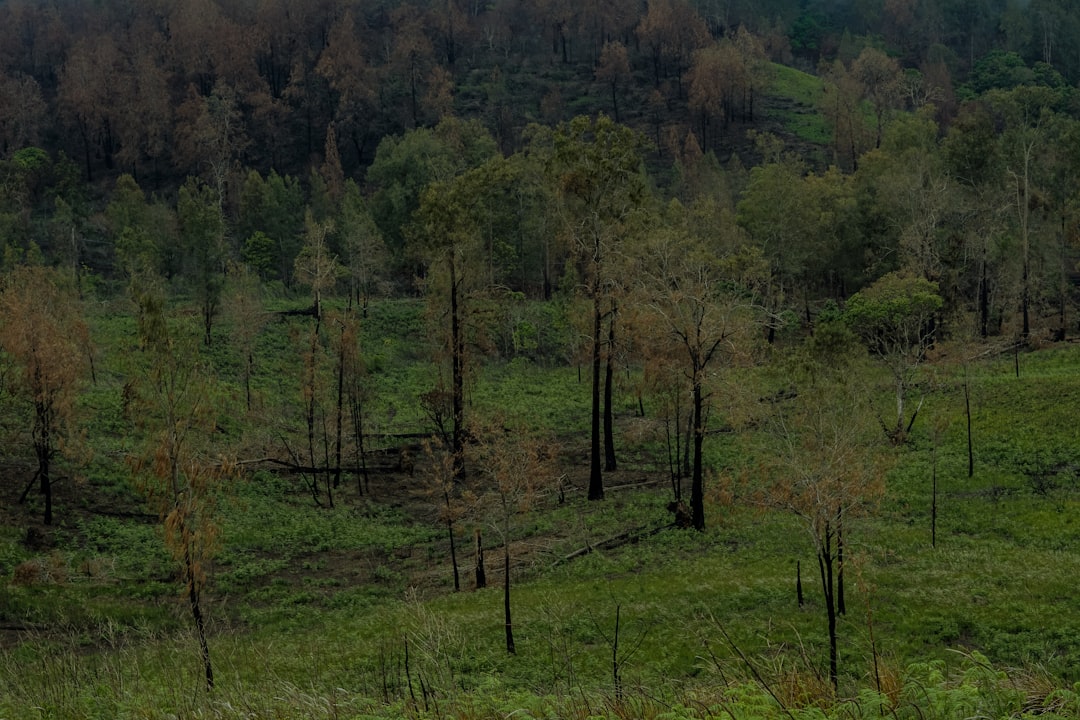The Secret Weapon Against Wildfires: Smart Landscaping Choices

In recent years, wildfires have become an increasingly terrifying threat, consuming vast swaths of land and putting countless families and properties at risk. However, there's a powerful yet often overlooked strategy that can significantly enhance your home's resilience to these infernos: firescaping. Through smart landscaping choices, you can create a defensible space around your property, acting as a buffer between your home and the approaching wildfire.
One of the fundamental principles of firescaping is the selection of fire - resistant plants. Not all plants are created equal when it comes to their flammability. Some plants, such as succulents, have high water content, which makes them less likely to catch fire. Their thick, fleshy leaves store water, acting as a natural fire deterrent. Other good choices include native plants that have evolved to survive in fire - prone environments. These plants often have adaptations that make them more resistant to flames and heat.
When planning your firescaping, it's crucial to consider the layout of your landscape. Create zones around your home. The zone closest to your house, known as the immediate zone, should be kept as fire - safe as possible. This means removing dead leaves, branches, and other debris that could act as kindling. You can also use non - combustible materials like gravel or stone for walkways and patios in this area. The intermediate zone, a bit further from the house, can have a mix of fire - resistant plants and some carefully spaced shrubs. The outer zone can be more natural, but still, choose plants with lower flammability.
Proper spacing between plants is another key factor. Dense vegetation can allow a fire to spread quickly, as the flames can easily jump from one plant to another. By providing adequate space between plants, you can slow down the progress of a wildfire. The exact spacing requirements depend on the type of plants and local fire regulations, but as a general rule, larger shrubs and trees should be spaced several feet apart.
Water features can also play an important role in firescaping. A small pond, fountain, or even a well - maintained lawn can act as a barrier to fire. Water has a high heat capacity, which means it can absorb a significant amount of heat without catching fire. Additionally, having a water source on your property can be useful for firefighters or for you to use in an emergency to douse small flames.
Another aspect of firescaping is the management of trees. Trees can be both a blessing and a curse in a wildfire situation. On one hand, they can provide shade and aesthetic value. On the other hand, tall trees with dry branches can act as ladders for a fire, allowing it to spread from the ground to the canopy. Pruning your trees regularly to remove dead branches and keeping the lower branches trimmed can reduce the risk of a fire climbing up the tree.
Finally, it's important to maintain your firescaping over time. Regularly check for dead or dying plants and remove them promptly. Keep your lawn mowed and watered, especially during dry seasons. By staying on top of maintenance, you can ensure that your firescaping remains effective in protecting your family and property.
In conclusion, firescaping is not just a gardening trend; it's a vital strategy for protecting your home and loved ones from the devastating effects of wildfires. By making smart landscaping choices, you can transform your yard into a safe haven in the face of these natural disasters. So, take the time to plan and implement a firescaping plan for your property today, and give yourself the peace of mind that comes with knowing you've taken proactive steps to safeguard against wildfires.